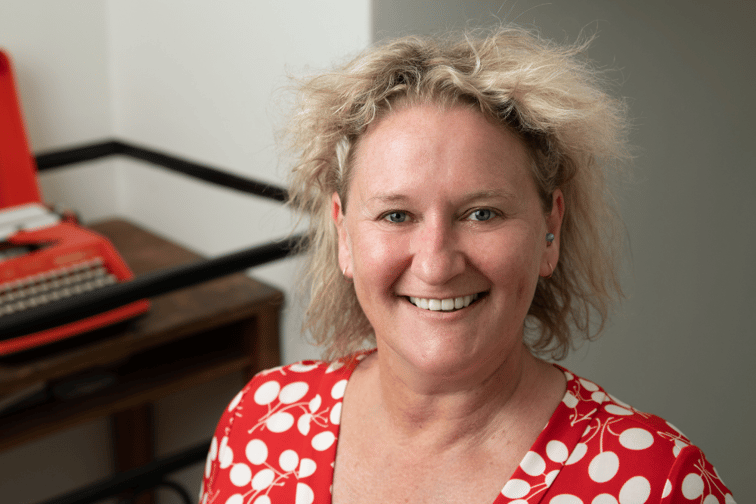

Addressing the critical undersupply of rental properties must be a key policy of whoever wins the upcoming federal election, the Property Investment Professionals of Australia (PIPA) said.
According to new research, residential rental vacancy rates have hit 16-year lows due to investor activity being well below average, particularly over the past five years.
PIPA Chair Nicola McDougall said that despite the investors’ return to the market last year, they had been mostly absent from the market for a number of years beforehand, which significantly reduced the supply of rental properties available for tenants.
CoreLogic analysis showed investors comprised 32.6% of mortgage demand by value in January – up from a recent record low of 22.9%, but below the decade average of 34.9%.
“The main reason why many investors did not purchase properties from 2017 is that nationwide lending restrictions prevented them from doing so,” McDougall said. “At the time, the restrictions were mainly because of the strong property price growth in Sydney during the mid-2010s. However, the instigation of fewer interest-only loans as well as higher interest rates on investment loans impacted investors around the nation. At the same time, asking rents were mainly benign, so the combination of higher mortgage costs together with flat-lining rents were also an impediment to the investor market.”
SQM research showed the national residential property rental vacancy rate slipped to a fresh 16-year low of 1.2% in February. Available rental properties plunged in the Melbourne and Sydney CBDs, while capital city asking rents have soared 9.4% over the year to March.
SQM findings similarly showed significant drops in vacancy rates in Brisbane, Adelaide, and Perth from March 2017 to February 2022, as well as an increase in the asking rent for houses over the year to March. In Brisbane, the vacancy rate has fallen from 3.5% to 0.9%, while the asking rent for houses has increased 19.5%. In Adelaide, the vacancy rate has fallen from 1.7% to 0.4% and the asking rent for houses has increased 15.6%. In Perth, the vacancy rate has fallen from 5% to 0.6% while the asking rent for houses has increased 13.7%.
“Even with our international borders mainly closed over the past year, Sydney’s vacancy rate hit 2% in February this year, with the asking rent for houses soaring by 17.1% over the past year, according to SQM Research,” McDougall said. “It’s not enough for political parties to simply offer piecemeal funding for ‘affordable housing’ when there is currently a critical undersupply of rental properties that was written in the cards in 2017 when lending restrictions came into play. Political parties must develop a significant and sustainable policy that increases the supply of rental properties around the nation in the vein of the National Rental Affordability Scheme, which was scrapped after only a few years. With overseas migration set to soar over coming years, where are these new Aussies going to live if we don’t even have enough rental properties to house our current population? A system needs to be developed to encourage the private and public sectors to work collaboratively together to increase rental supply and to improve rental affordability to tenants.”
